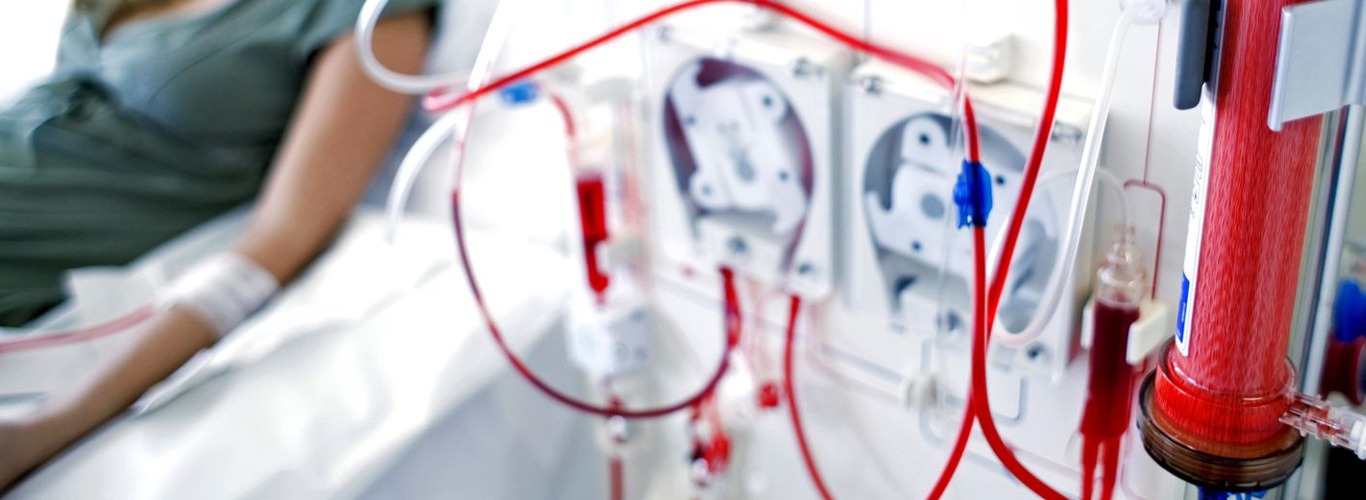
Products +
Services +
Care360 Services
Care360 Advantages
Why leading Hospitals & Govt choose Cyrix Care360
Annual Maintenance Contracts
Comprehensive Maintenance Contracts
NABL Accredited Calibration and Quality Assurance
Asset Management
ReviveLab
Care360 for Hospitals & Healthcare Facilities
Care360 for Government Institutions
Care360 for Manufacturers
Academy +
About +
Products
Services
Academy
Career
About
Contact us
 +91 8891199950
+91 8891199950

